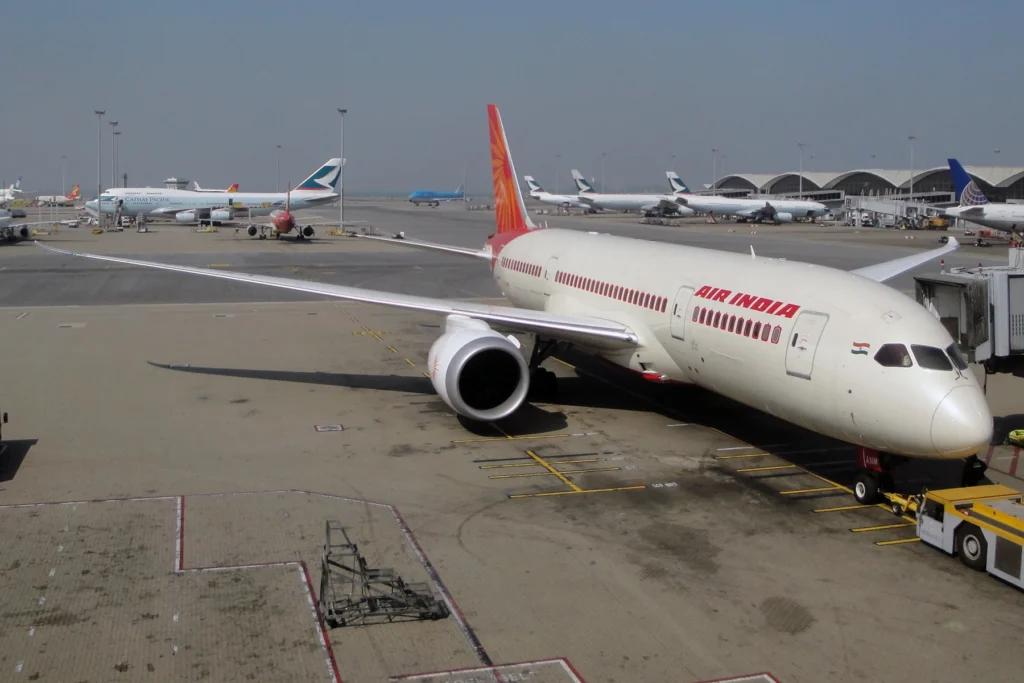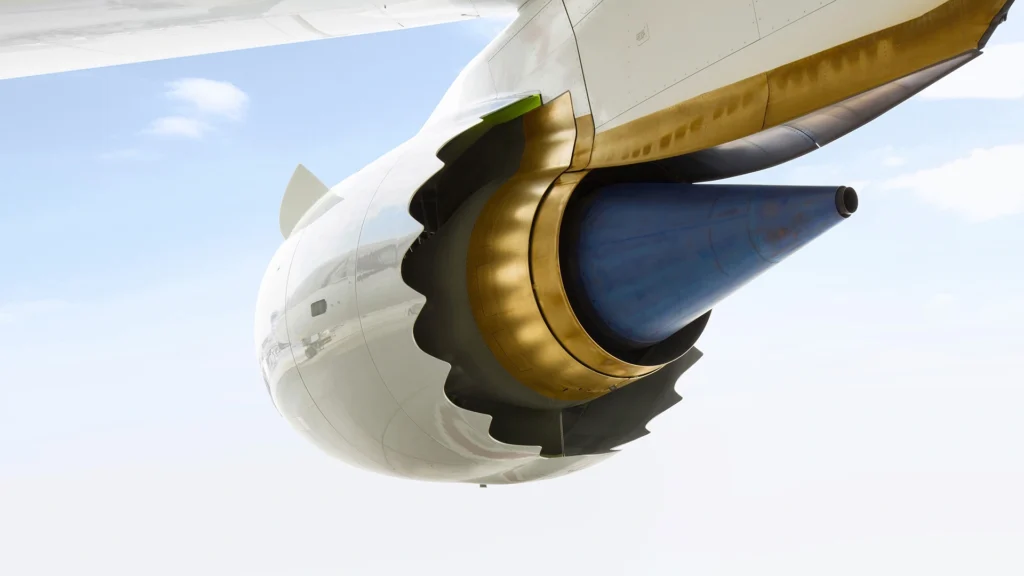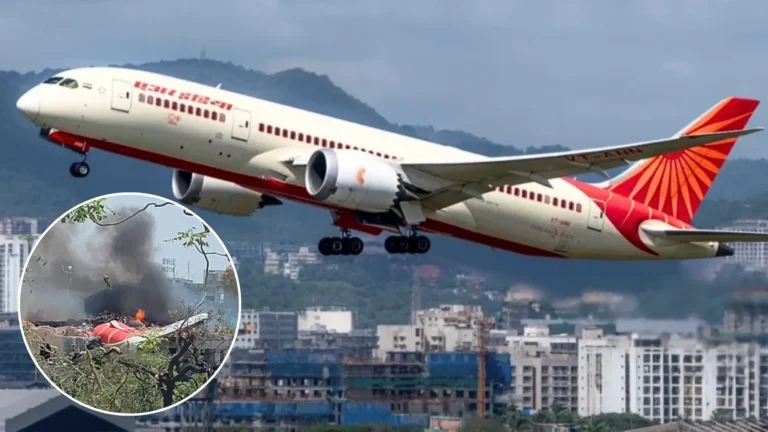AHMEDABAD- Air India (AI) flight AI 171, a Boeing 787-8 Dreamliner, crashed shortly after takeoff from Ahmedabad (AMD), killing 270 people. Investigations focus on the aircraft’s engines, with one being newly installed, raising questions about its role.
The airline’s chairman provided insights into the aircraft’s engine history, while experts analyze black box data to uncover the cause. Despite speculation, both engines reportedly had clean operational records.

Air India 787 New Engine
According to N Chandrasekaran, Chairman of Tata Sons, the right engine was newly installed just months before the crash. The left engine, last serviced in 2023, was still within its certified maintenance window, with the next service scheduled for December 2025.
Speaking to Times Now, Chandrasekaran emphasized the clean history of both engines and urged against premature assumptions.
He stressed that the aircraft, specifically tail number AI171, had not exhibited any prior mechanical issues. “I am told by all the experts that the black box and recorders will definitely tell the story. So, we just have to wait for that,” he added.
Investigators are analyzing data from the black boxes, cockpit voice recorder and flight data recorder, to determine the precise cause of the crash, which occurred within a minute of takeoff.

What We Know About the Engines
Reported by BBC, aviation safety expert Kishore Chinta noted that engine age alone is not a definitive indicator of performance, especially in the case of the Genx-1B engines used on the Boeing 787-8.
These engines, manufactured by GE Aerospace, are monitored in real-time by a system known as FADEC (Full Authority Digital Engine Control), which helps determine servicing schedules based on data rather than fixed intervals.
However, Chinta also pointed out that certain internal components, known as Life Limited Parts (LLPs), still follow strict replacement cycles, typically lasting between 15,000 to 20,000 operating cycles. Each engine start-up and shutdown is counted as one cycle.

Operational Response
In response to the crash, Air India (AI) has temporarily reduced its international wide-body operations by 15% until mid-July.
This move is attributed to multiple factors, including increased safety protocols, heightened crew vigilance, and geopolitical tensions in the Middle East.
The Directorate General of Civil Aviation (DGCA), India’s aviation regulator, ordered comprehensive safety inspections of Air India’s Boeing 787 fleet following the accident.
So far, 26 out of 33 Dreamliners (787-8 and 787-9) have been cleared for continued service. The airline also confirmed that its Boeing 777 fleet will undergo enhanced safety checks.

Air India’s Turnaround Plan
The crash comes at a pivotal time for Air India, which is undergoing a major transformation under Tata Sons’ ownership.
Acquired from the Indian government in 2022, the airline is navigating a complex path from its troubled legacy as a state-owned entity to a competitive private carrier.
Industry observers believe the incident could affect the carrier’s short-term reputation and operational confidence, especially as the company implements ambitious restructuring, modernization, and fleet renewal programs.
Stay tuned with us. Further, follow us on social media for the latest updates.
Join us on Telegram Group for the Latest Aviation Updates. Subsequently, follow us on Google News

